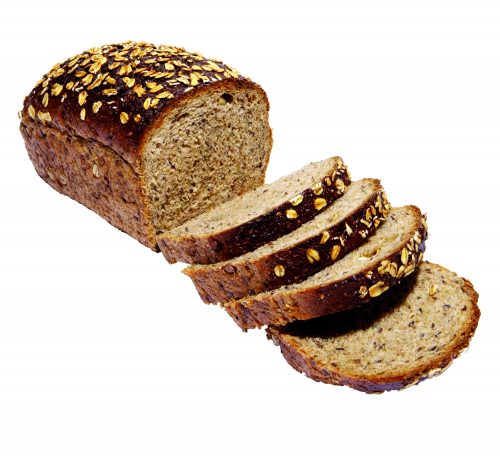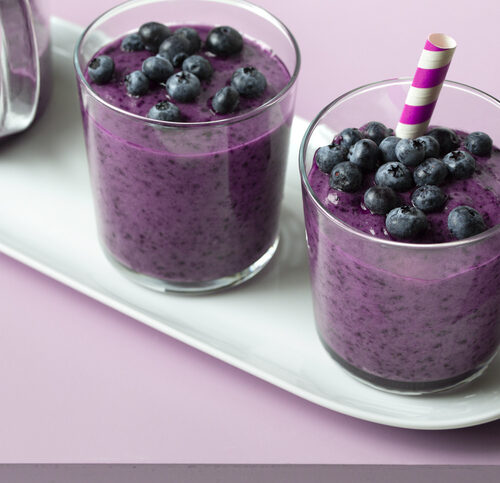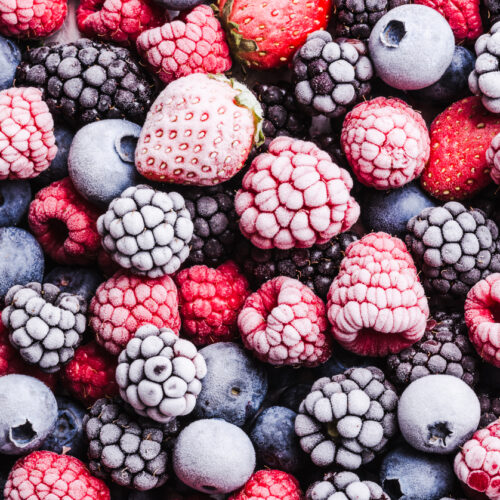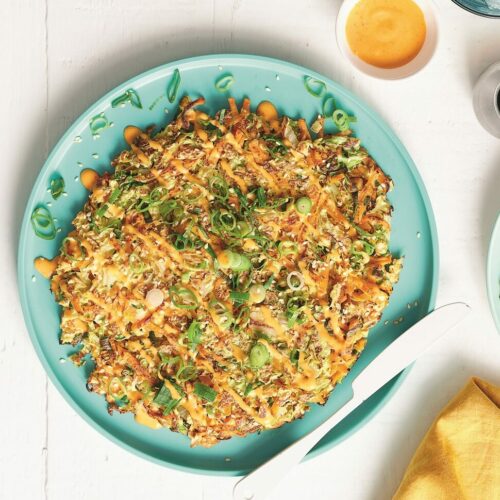
Q: "I’m having trouble finding wholegrain breads. Do seven-grain/nine-grain/12-grain breads fit into the wholegrain list?"
(Name not supplied)A: Nutritionist Bronwen King responds:
“These breads would certainly fit into the whole grain category. These descriptions in the ingredients lists indicate whether breads contain whole grains: wholemeal, multi-grain, seeded, mixed grain, whole-wheat, granary, kibbled grain or stone ground grain.
There are a wide variety of wholegrain or wholemeal breads available. I recommend you use the nutrition information panels on the packaging, compare breads you like and can afford, then choose the variety with the highest fibre. Use the 100g column and look for at least 5g fibre per 100g (the more fibre the better!).”
What are whole grains?
Whole grains are made from all of the grain (including the bran and germ) so whole grains are richer in fibre and nutrients than refined grains.
Benefits
Including more whole grains in our diets has potential benefits including reducing the risk of heart disease and some cancers. Whole grains can also help with weight control as they’re more filling.
Ideas to increase your wholegrains
- Try making tabouli with coarse ground bulgar wheat (cracked whole wheat): super-easy as there’s no cooking required!
- Enjoy the nutty texture of brown rice instead of white rice.
- Make a quinoa (keen-wa) salad using red or white quinoa. Cook it like pasta (much easier than the absorption method) and add seeds, nuts, sultanas, and the zest and juice of a lemon.
- Use rolled oats as a hot or cold breakfast cereal.
- Add corn: sweet corn, canned corn and popcorn are all whole grains.
- Try making barley salad instead of white rice salad.
- Add oats when baking muffins or slices.
- Become a label reader and check ingredients in cereals, crackers and breads.
www.healthyfood.com










